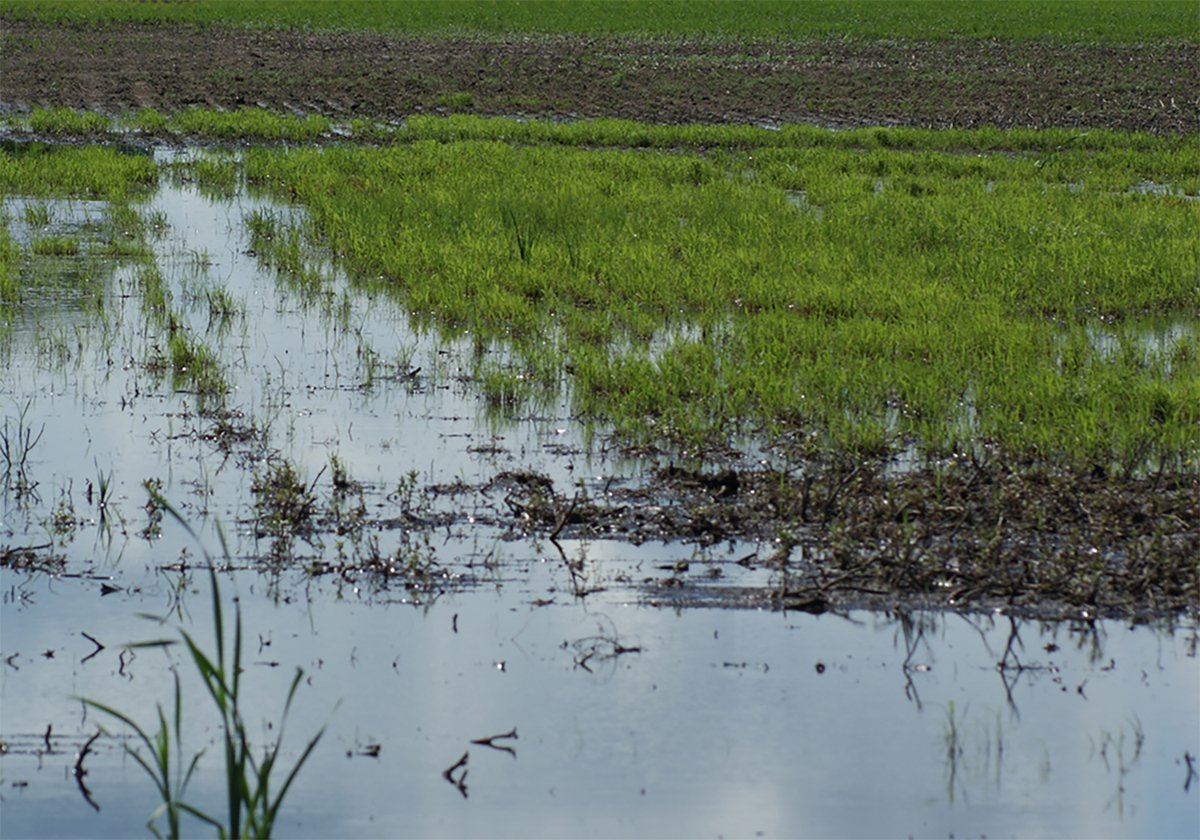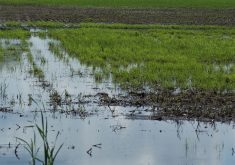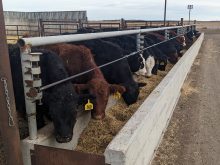Access to capital has never been a problem for farms with good track records. However, the way farms are capitalized and where that capital comes from may be changing.
When asked recently to rank the top risks they think they will face in the next 18 months, leading farmers listed access to capital as fourth.
That was just behind counter party risk, which is the risk taken when entering into a contract to buy an input or sell a product in which delivery of the product or receipt of payment is deferred.
Read Also

Topsy-turvy precipitation this year challenges crop predictions
Rainfall can vary dramatically over a short distance. Precipitation maps can’t catch all the deviations, but they do provide a broad perspective.
They listed managing margin risk as No. 1, input access as No.2 and interest rate risk as No. 5.
At a recent conference, a major U.S. lender cautioned farmers not to take credit for granted. He said lenders might not be able to control agricultural cycles and related volatility but can limit risk through careful customer selection.
Lenders have used their extensive research data on farm customers to identify and rank areas that predict a client’s ability to repay loans:
- Working capital.
- Ownership equity.
- Risk rating.
The prediction of risk varies with loan size and type of operation with the predictors most closely associated with larger operations. The more focused the customer is on primary agriculture, the more important it is to have strong working capital and equity positions.
The U.S. lender stressed the increasing focus on a farmer’s demonstrated capacity to repay obligations. Security is important, but with rapidly escalating real estate values, it is challenging to pin a real value on the security.
This particular institution’s procedure is to take average land values for 2006 and 2007, divide the averages by two and use that as a basis for the amount lent using land for security.
He said lenders may be, if they not already are, willing to walk away from good quality business.
Let’s look at the working capital issue. Should farmers tie up working capital to buy next year’s inputs a year in advance?
By doing so, they inherently share with the supplier some of the liquidity risk, which is the ability to generate the positive cash flow needed to operate a business.
Canadian chartered banks are also struggling with this scenario. How do they provide operating credit for next year’s crop, let alone for the current crop, given the run-up on input prices and the need for crop financing? How do they secure the credit that they offer?
They believe a significant part of the answer rests with the farm management team. Has management demonstrated not only the historical capacity to repay obligations but also that they are advancing their management skills by keeping pace with the current industry environment?
This becomes even more challenging for farms with growth objectives. Where will the capital come from for the growth? Typically, it has been a combination of leveraged or debt capital and owner capital, in the form of cash and/or equity in assets.
There are other options, such as using other investors’ capital including fixed assets, in exchange for an opportunity to participate in a larger business model. It’s the structure of these arrangements that sets them apart from traditional rental agreements.
There is also some interest in equity injections from arm’s length investors. This is relatively new to the grain and oilseed sector.
The interest is partly due to the perception that relatively good returns now exist in farming. If your farm has been really profitable and you think this will continue for an extended period, outside equity as a source of capital can be expensive.
By that I mean the investor will get the same return you do on your equity, which is likely more than the interest you would pay on debt capital.
This arrangement can also be expensive if the industry declines. Farmers understand the risks associated with their business and likely are prepared to weather an extended down turn. But will an equity investor be as committed?
Are there alternatives to how your farm business could be financed? If so, what are the related cost and benefits?
Assess your major lending relationship. Does your lender understand your business and where it’s going? If not, present your lender with a plan.
Terry Betker is a partner with Meyers Norris Penny LLP, working out of the Winnipeg office. He is director of practice development in agriculture, government and industry. He can be reached at 204-782-8200.














